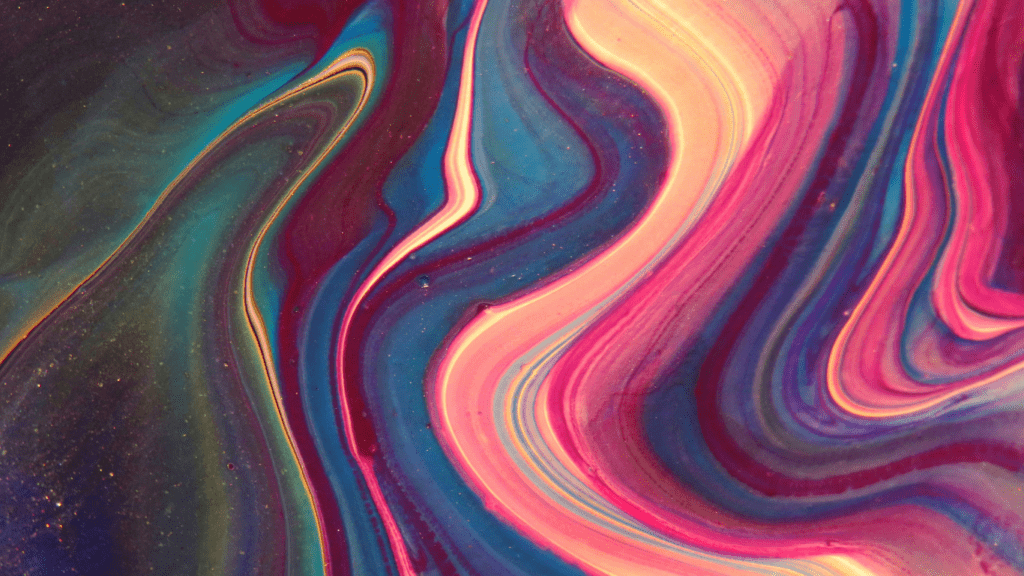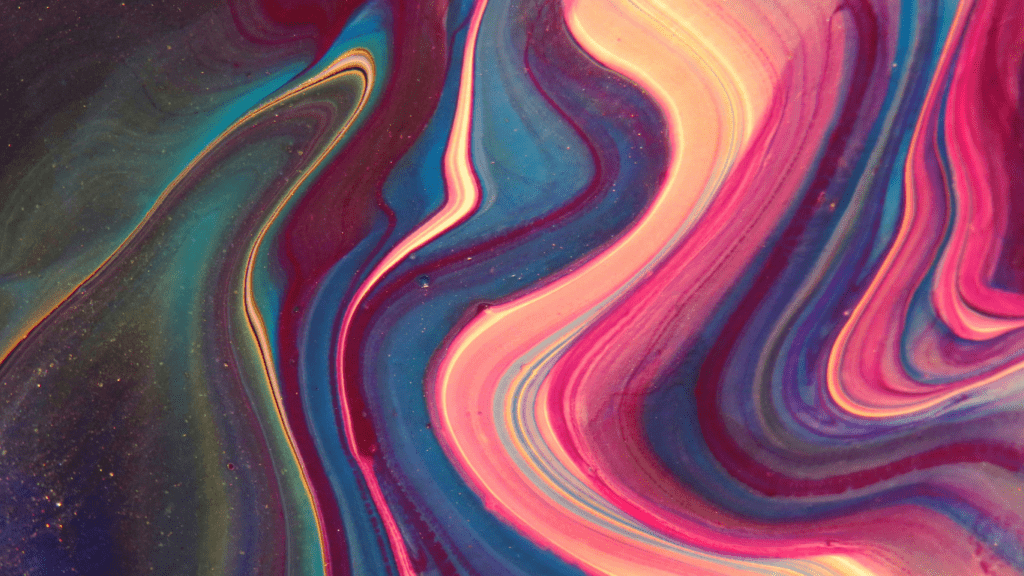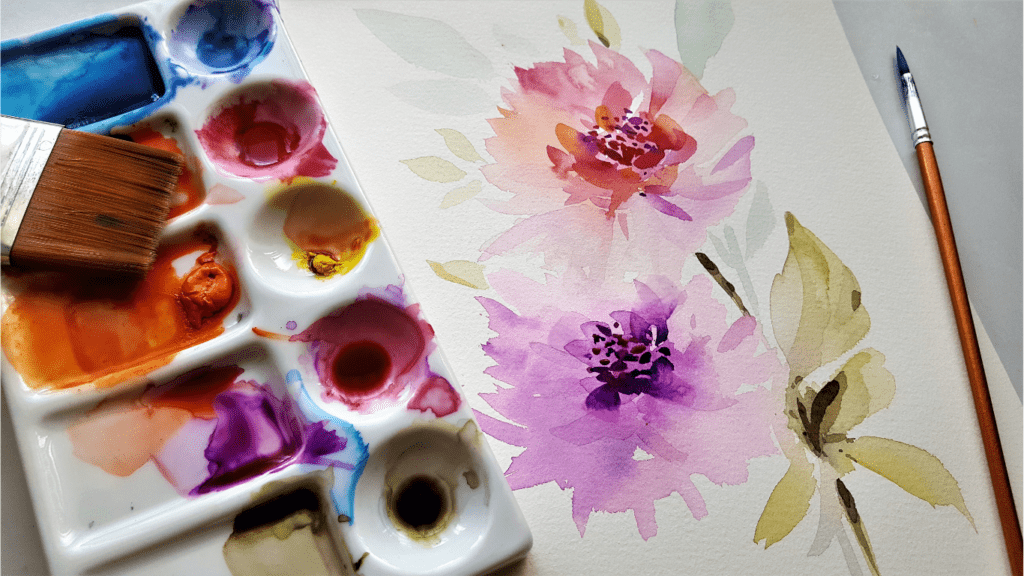Understanding the Importance of Texture in Art
Texture in art goes beyond the visual, engaging multiple senses and adding a tactile dimension to the work. When I incorporate texture, it can transform a flat image into a dynamic, immersive experience. Different textures can evoke specific emotions, setting the mood of a piece. For instance, rough textures can convey ruggedness or turmoil, while smooth, soft textures can impart calmness.
One crucial aspect of texture is its ability to create depth. By layering various materials or using different tools, I can give my artwork a three-dimensional feel. This depth can make focal points more compelling and background elements more nuanced. Artists frequently use techniques like impasto (thickly applied paint) or sgraffito (scratching through a surface layer) to achieve these effects.
Textures also tell a story. For example, a worn, cracked surface might suggest age and history, while a sleek, polished texture could indicate modernity and cleanliness. By choosing specific textures, I can communicate more about my subject matter beyond what’s visually depicted.
Incorporating unconventional materials can push creative boundaries. Fabrics, sands, and other mixed media add unique textures that traditional paints can’t achieve. Experimenting with these materials has led me to discover new dimensions in my work.
Ultimately, texture enhances the overall aesthetic and narrative quality of art. It appeals to viewers on multiple levels—from catching the eye to inviting touch—making the artwork more engaging and memorable.
Materials and Tools for Creating Textures
Artists rely on various materials and tools to create diverse textures in their artworks. Using the right tools and materials enhances the tactile and visual experience of the piece.
Essential Tools
Proper tools are vital for adding texture:
- Palette Knives: These versatile tools help in spreading, scraping, and shaping paint on the canvas. They can create sharp, clean textures or blend colors smoothly.
- Brushes: Different brushes, like fan and bristle brushes, create varied textures. Fan brushes produce soft textures while bristle brushes craft rough, bold strokes.
- Sponges: Natural and synthetic sponges provide unique textures. Natural sponges create irregular patterns, and synthetic sponges offer uniform textures.
- Texture Tools: Tools like combs, rakes, and stippling brushes allow for intricate patterns. Combs create parallel lines; rakes, wave-like patterns; and stippling brushes, dotted textures.
- Scrapers: Use scrapers for carving into thick layers of paint. They expose underlying layers, adding depth and complexity.
- Stencils: Stencils offer precise, repeatable textures. Use them to layer patterns consistently across your canvas.
Recommended Materials
The right materials contribute significantly to the texture:
- Acrylic Gels and Pastes: These mediums thicken paint, enabling artists to build up texture. Heavy gels create peaks and valleys; pastes add a stone-like texture.
- Modeling Paste: This thick substance can be molded and carved before it dries. It creates substantial, relief-like textures.
- Sand and Grits: Mixing sand into paint adds a granular texture. Fine sand gives subtle texture; coarse sand provides a more pronounced feel.
- Fabrics: Fabrics like burlap and lace embedded into paint or adhered to the canvas introduce tactile surfaces. Burlap creates a rough texture; lace offers intricate, delicate patterns.
- Found Objects: Items like leaves, cardboard, and metal pieces add unique textures. Leaves introduce organic patterns; cardboard adds geometric shapes; metal pieces create industrial textures.
- Texture Additives: These include powders, beads, and flakes. Powders soften textures; beads create dot-like patterns; flakes add shimmering effects.
Using these tools and materials, artists can effectively create compelling textures that enhance the depth and narrative quality of their artworks.
Techniques for Creating Stunning Textures

Creating stunning textures involves various methods that add depth and dimension to artwork. Here are some effective techniques:
Layering Techniques
Layering builds texture by applying multiple layers of paint or other materials. I often start with a base layer of acrylic paint, let it dry completely, and then add subsequent layers. This process can include thin washes, glazes, and thicker applications to achieve a rich, complex texture. Using drying mediums helps expedite this process without compromising the integrity of the texture.
Using Mixed Media
Adding mixed media introduces unexpected textures and visual interest. Collaging materials such as paper, fabric, and found objects into the artwork enhances its surface quality. For instance, I embed materials like lace or burlap into my paintings before applying more paint or medium over them. This approach creates a tactile experience and adds layers of meaning to the work.
Impasto and Palette Knife Techniques
Impasto involves applying paint thickly, making each brushstroke or knife stroke visible. I use a palette knife to spread acrylic or oil paint to increase the three-dimensionality of the artwork. This method creates strong, tactile texture, especially effective in adding movement and energy to the piece. It’s essential to use heavy-body paints or add texture mediums to build substantial thickness.
This concise guide outlines various techniques to create impactful textures, enhancing both the visual and tactile experiences of art.
Tips for Enhancing Textures
Creating stunning textures involves refining various aspects of your artwork. Below are some essential tips to elevate the textures in your art.
Color and Contrast
Using vivid colors and strong contrasts can add depth and interest to textures. Vibrant colors can highlight textured areas, making them pop. For example, juxtaposing dark and light shades next to textured elements can create a compelling visual effect. Applying analogous colors (colors next to each other on the color wheel) to textured surfaces can also blend smoothly for more subtle effects. Enhancing textures with complementary colors (colors opposite on the color wheel) can amplify contrasts, adding energy to your art.
Lighting and Perspective
Proper lighting and perspective can significantly impact how textures are perceived. Direct lighting from varied angles can cast shadows that accentuate textures, adding depth. When showcasing 3D textures, using natural light can highlight intricate details effectively. Positioning the light source in different directions lets you experiment with how shadows and highlights play across textured surfaces. Using perspective techniques can also make textures appear more dynamic. Incorporating aerial perspectives (where objects appear lighter and less detailed with distance) can give textures a sense of scale and depth.
Case Studies and Examples
Studying specific examples helps in understanding how texture elevates artwork. Let’s look at notable artists and modern trends influencing texture in art.
Famous Artists Known for Textures
Examining the work of renowned artists reveals how they used texture to enhance their art.
- Vincent van Gogh: Known for his impasto technique, van Gogh applied thick layers of paint, creating tactile, dynamic surfaces. His piece “Starry Night” exemplifies this, with swirling, textured skies that give depth and movement.
- Jackson Pollock: A key figure in abstract expressionism, Pollock’s drip paintings, like “No. 5, 1948”, utilized layered, splattered paint to create intricate textures. These textures add energy and evoke strong visual responses.
- Claude Monet: Monet’s use of texture in his water lilies series created a sense of fluidity and light. By applying paint in varied strokes and layers, he achieved a natural, almost tangible feel to his landscapes.
Modern Examples and Trends
Modern art continues to explore and innovate with texture.
- Tara Donovan: Donovan’s work, using everyday materials like drinking straws and pins, results in mesmerizing textures. Her installations transform simple objects into complex, textured sculptures, showcasing the potential of unconventional materials.
- Anselm Kiefer: Known for incorporating organic materials such as straw and ash into his paintings and sculptures, Kiefer’s works like “Seraphim” create rich, textured surfaces that engage viewers on multiple sensory levels.
- El Anatsui: Creating sprawling, textured tapestries from recycled materials like bottle caps and metal, Anatsui’s works such as “Gravity and Grace” feature intricate, tactile surfaces that challenge traditional notions of sculpture and texture.
These examples illustrate how artists use texture to create impactful, memorable art. By studying their techniques, one can gain insights into creating stunning textures in their work.





